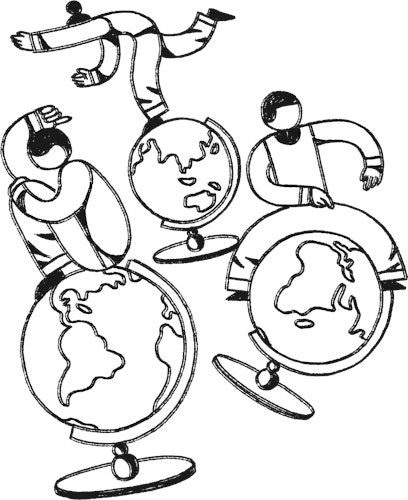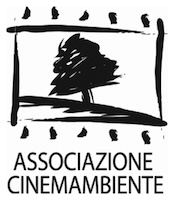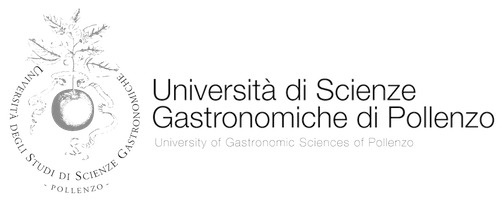Isole di fuoco
Directed by
The first light of dawn. Winter. Only the sound of the boat and the screeching of a few birds fill the wide expanse of sea. The islands rise black.
Slowly a sad song asserts itself, expressing the isolation of the people who live here. Black rocks that plunge into the water, the "sciara" of Stromboli, the underwater sulphurous emanations, the reddish layers of the rock that the sea has eroded. No trace of man.
The boat stops at the landing of Vulcano. A few houses and the boats pulled ashore by the fishermen. The anchor is lowered and a boat approaches. The first fishermen come out of their houses. Little by little life becomes punctuated in sound images. In the meantime the fishermen have pushed the boats into the water, two, three in each boat and they row.
Other activities on the island: the shepherds. Those of Vulcano, wrapped in skins. Tinkling of flocks on the slopes of the volcano. The women gather wood, bending over, and put the brushwood in their aprons. The fishermen occasionally look at the crater. The lava flows, the canal dug by the water that rushes down with every rain.
The roar of the volcano begins to be heard. Smoke comes out of the rim of the crater, the landscape is lunar. A distant flash of lightning tears through the cloudy sky. The fishermen begin to row toward the shore. The sheep stumble. The women return to their homes. Flames and liquid lava shoot toward the sky. Thunder. The roar of the volcano overwhelms everything. Lightning. The sea violently crashes onto the lava and basalt rocks. In the livid brightness of the storm, the black islands appear fringed with white. The fishermen row toward the shore, look up, then laboriously touch land while the rain falls violently. The boats are pulled ashore. The men return to their homes. The fire is still lit. Outside, nature is unleashed.








